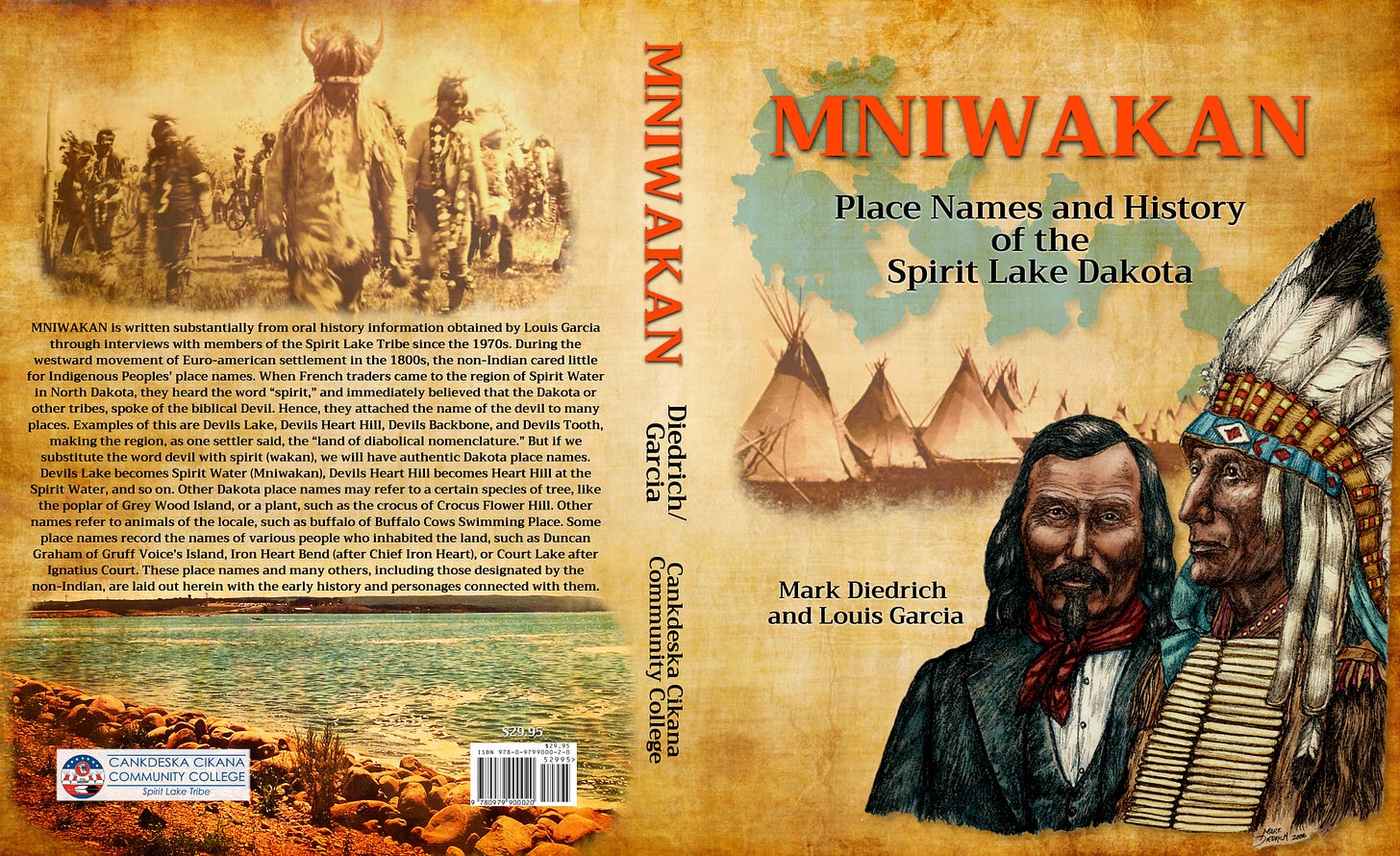Tribal colleges aim for equity in funding
New book is evidence of their role in Native language revitalization.

WASHINGTON — Look for Cynthia Lindquist, president of Cankdeska Cikana Community College (CCCC), and other tribal education advocates to testify on July 19 before the U.S. House Committee on Education and Labor to hel…
Keep reading with a 7-day free trial
Subscribe to Indigenous Wire to keep reading this post and get 7 days of free access to the full post archives.

